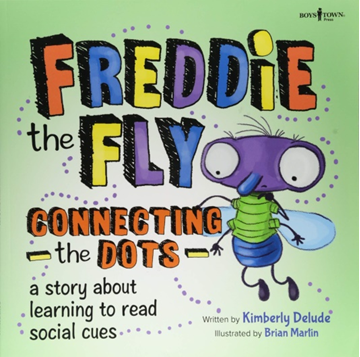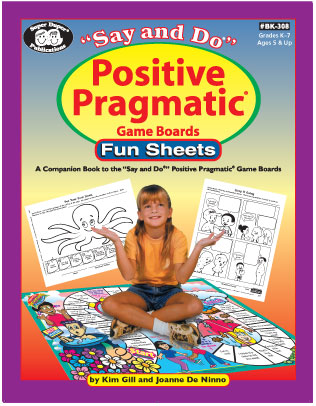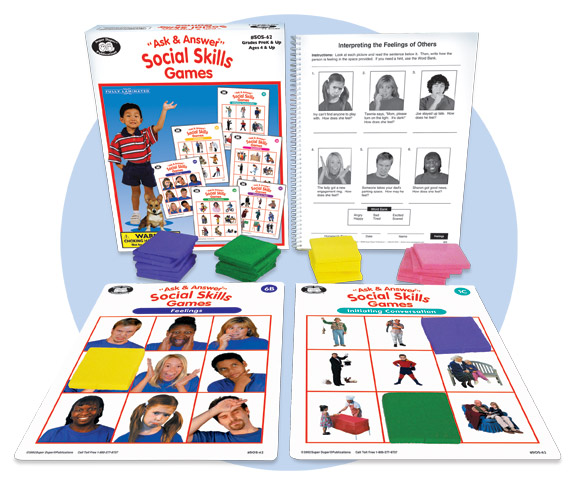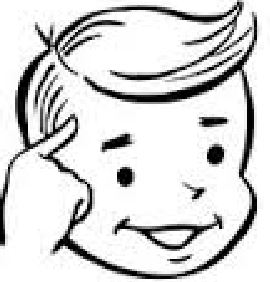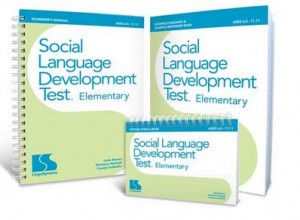Related Products
For Professionals
- Amplification
- Assessment of Student Skills, Challenges, Needs
- Early Childhood: Infants, Toddlers, Preschool
- Hearing Loss – Identification, Impact and Next Steps
- IDEA Law Summary Information
- Language and Speech Development Issues
- Legal Issues in Serving Children with Hearing Loss
- Listening (Auditory Skills) Development
- Planning to Meet Student Needs
- Self-Advocacy Skills for Students with Hearing Loss
- Self-Concept: How the Child with Hearing Loss Sees Himself
- Social Skills
- Speech Perception & Learning
Related Teacher Tools Takeout Items
Theory of Mind – Implications for Social Success
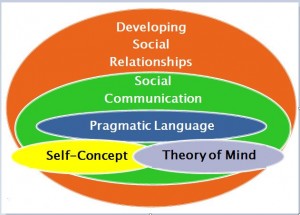 Ingredients for Social Communication
Ingredients for Social Communication
- Pragmatic Language
Pragmatics Checklist Ages 2.5 to 7 years - Self-Concept
- Theory of Mind
What is Theory of Mind?
The ability to take someone else’s perspective. It includes the awareness that a situation may not look the same to another person AND the ability to view a scene from someone else’s viewpoint. It includes social cognition, or being able to ‘read’ what someone is thinking or feeling from their expressions and body language.
Theory of Mind includes:
(1) Recognizing other’s feelings
(2) Thinking about consequences of actions
(3) Recognizing that someone else may be thinking or feeling differently than you do
TOM is critical for
• READING COMPREHENSION
• SOCIALIZATION
TOM CHALLENGES ARISE FROM LESS EXPOSURE TO OVERHEARING COMMUNICATION
- Even when they have good language skills, many children with hearing loss lag 3.5 years behind children with typical hearing in their ability to identify and describe the feelings of others, which is foundational to TOM development.
- Research with 12-year-olds comparing children with typical hearing to those with hearing loss found that the TOM skills of a child with hearing loss were similar to those of a 6 year old with typical hearing.
- There is a correlation between language level and understanding false beliefs that is due to diminished exposure to interactive conversations from a young age. Children who are ‘Deaf of Deaf’ do not appear to have TOM issues.
- For more in depth information on TOM go here and here.
Assessing Theory of Mind
- for ages 4-6 but can be administered to older children.
Summary of Pragmatic Development + Theory of Mind Hierarchy 6 months – 8 years
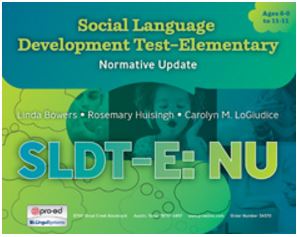 The Social Language Development Scale includes items specific to Theory of Mind development and provides an overview of pragmatics, social cognition and theory of mind use for children starting at age 6.
The Social Language Development Scale includes items specific to Theory of Mind development and provides an overview of pragmatics, social cognition and theory of mind use for children starting at age 6.
The Theory of Mind Inventory is a parent-completed assessment instrument for children ages 2-17.
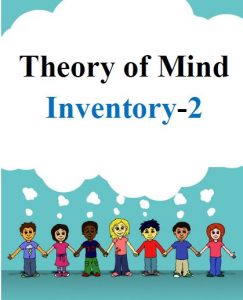 The ToMI-2 consists of 60 items designed to tap a wide range of social cognitive understandings. The ToMI-2 is designed to tap a wide range of theory of mind competencies; thus, it may be particularly helpful for identifying areas of strength and weakness in an individual’s social-cognitive profile and it can be used to identify developmentally appropriate targets for treatment.
The ToMI-2 consists of 60 items designed to tap a wide range of social cognitive understandings. The ToMI-2 is designed to tap a wide range of theory of mind competencies; thus, it may be particularly helpful for identifying areas of strength and weakness in an individual’s social-cognitive profile and it can be used to identify developmentally appropriate targets for treatment.
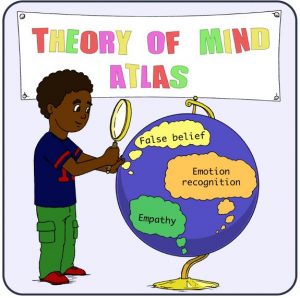 This well-validated parent-informant measure is designed to assess a wide range of theory of mind competencies, it does not suffer from ceiling effect when administered to individuals with autism spectrum disorder, and it is not vulnerable to test-practice effects and child linguistic, cognitive, and motivational factors. This assessment tool is also available in 12 languages. Subscribe to the ToMI – Free Trial (password is tomi-ft)
This well-validated parent-informant measure is designed to assess a wide range of theory of mind competencies, it does not suffer from ceiling effect when administered to individuals with autism spectrum disorder, and it is not vulnerable to test-practice effects and child linguistic, cognitive, and motivational factors. This assessment tool is also available in 12 languages. Subscribe to the ToMI – Free Trial (password is tomi-ft)
Example TOMI report. Free Theory of Mind Atlas!
Theory of Mind Inventory CEU Courses available
ARTICLE: Using the Theory of Mind Inventory to Detect a Broad Range of Theory of Mind Challenges in Children with Hearing Loss: A Pilot Study. ToMI-2 results revealed a wide variation of ToM strengths and challenges both within and between individuals. ToMI-2 scores also positively correlated with scores for hearing vocabulary and a test of pragmatic language development and negatively correlated with the age of cochlear implantation. The results are encouraging for the use of the ToMI-2 to detect ToM challenges in children with hearing loss.
Look here for worksheets you can use to develop social cognition and recognizing emotions.
Theory of Mind is Developmental
- Precursors: Knowing that feelings can be associated with stimuli. (get a gift, feel happy) (typically by age 5-6)
- First Manifestations: you can act differently than you feel (hurt person laughing) (typically age 7-8)
- More Advanced: understanding humor (typically age 11-12)
By age 2 children can understand that people will feel happy if they get what they want and will feel sad if they do not. They may see that what they want is different from another’s wants.
2-year-olds talk about what they and others want and like and feel
3-year-olds also talk about what people think and know
These are the building blocks of Social Cognition, which is being able to ‘read’ what people are thinking or feeling by their facial expressions and body language.
Enhance Theory of Mind via:
- Talking about misunderstandings
- Talking about why jokes are funny
- Engaging in rich pretend play
- Talking about people’s thoughts, wants, feelings and WHY they act the way they do
- Reading stories with surprises, mistakes, secrets; invite children to see things from a different point of view
- Vocabulary: Emotions! Thinking words (suppose, think, imagine…)

